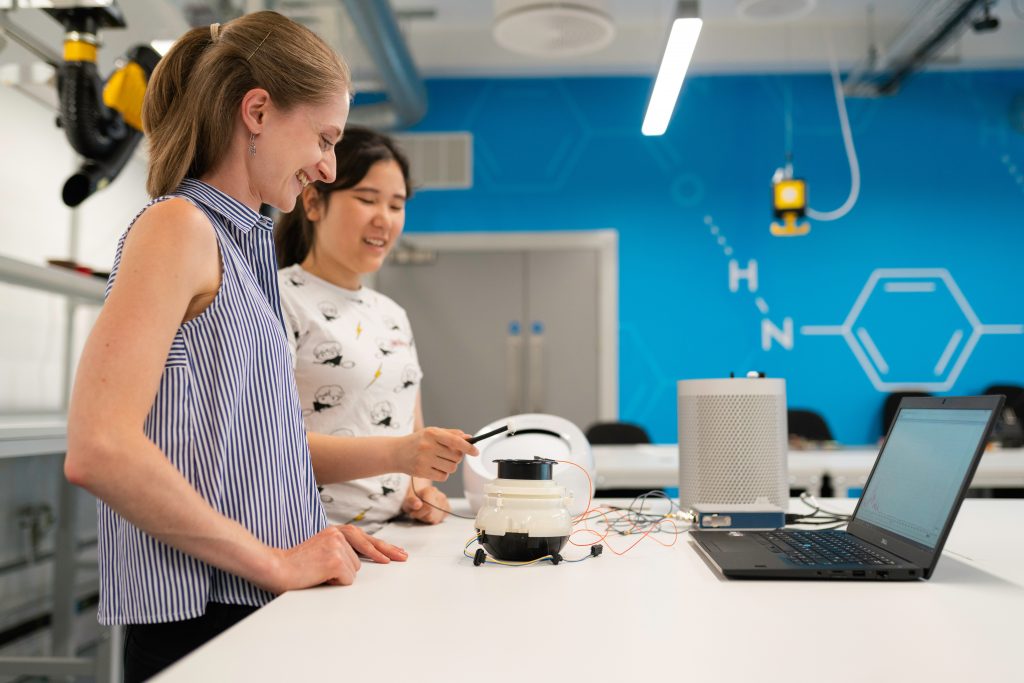For too many years, government, industry and academia worked in silos to solve overlapping problems. But let’s think about it: Why repeat work that is already done? It’s time to close the gaps.
It can be as simple as plugging into an existing innovation ecosystem with industry and research partners.
“The last thing you want is to have multiple organizations doing the same work in parallel,” said Kyle Rice, Chief Technology Officer at SAP National Security Services (SAP NS2). “If you get in the trenches in the beginning and work together, it’s much more efficient. You’re not recreating foundational work,” Rice added.
Take space exploration, for example. Fifty years ago, every rocket launch was a bespoke, customized exercise. You spent precious resources trying to figure out the basics of takeoff. But over the years, industry streamlined launches, which allowed agencies that took advantage of commercial advances to focus on aspects that mattered more to their mission.
In a nutshell, co-innovation offers more agility. Agencies can pivot faster because they can build on the shoulders of those who came before and those who are beside them.
NS2 Labs offers the place, people and tools to co-innovate. So far, they have completed 56 projects and are working on 16 more with this co-innovation model. Here are some insights into how they made it work.
Bringing people together
How can organizations that seem to function so differently from one another, collaborate to work together?
The key is in seeing and speaking to each sector’s unique perspectives of success, Rice said.
The labs’ supply-chain hackathon is one example of a dual-use program that had value for government and industry. With the best minds participating across sectors, they were able to produce a new capability that builds and improves more-secure supply chains.
Additionally, it’s helpful to communicate and emphasize a project’s objectives rather than the implementation. Technologists from government, industry and academia likely have different backgrounds with varying language around skill sets. Focusing on the objectives can help organizations figure out who would be best for working on a particular problem, rather than getting confused by the nitty-gritty of implementation.
Bringing ideas into reality
Brainstorming ideas that bridge silos is the first step, but making those ideas actionable is the other half of co-innovation. To co-innovate better, the type of environment in which people work matters.
According to Rice, a space that will help bring concepts into reality should be:
- Integrated – to provide all the capabilities you need to execute an idea. So when ideas strike, you don’t lose time moving to another facility.
- Stimulating – to spark creativity.
- Secure – to protect sensitive or classified information.
- Safe – to foster an environment that is free from any agenda other than innovation. For instance, NS2 Labs doesn’t charge for participation and doesn’t require SAP technology to be used.
“Let’s go where the mission takes us,” Rice said.
This article is an excerpt from GovLoop’s recent guide, “The Everyday Agile Workbook.” Download the full guide here.
Photo credit: Amy Hirschi on Unsplash
